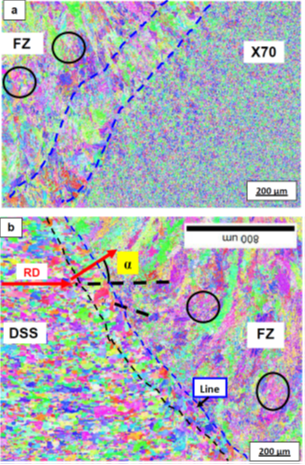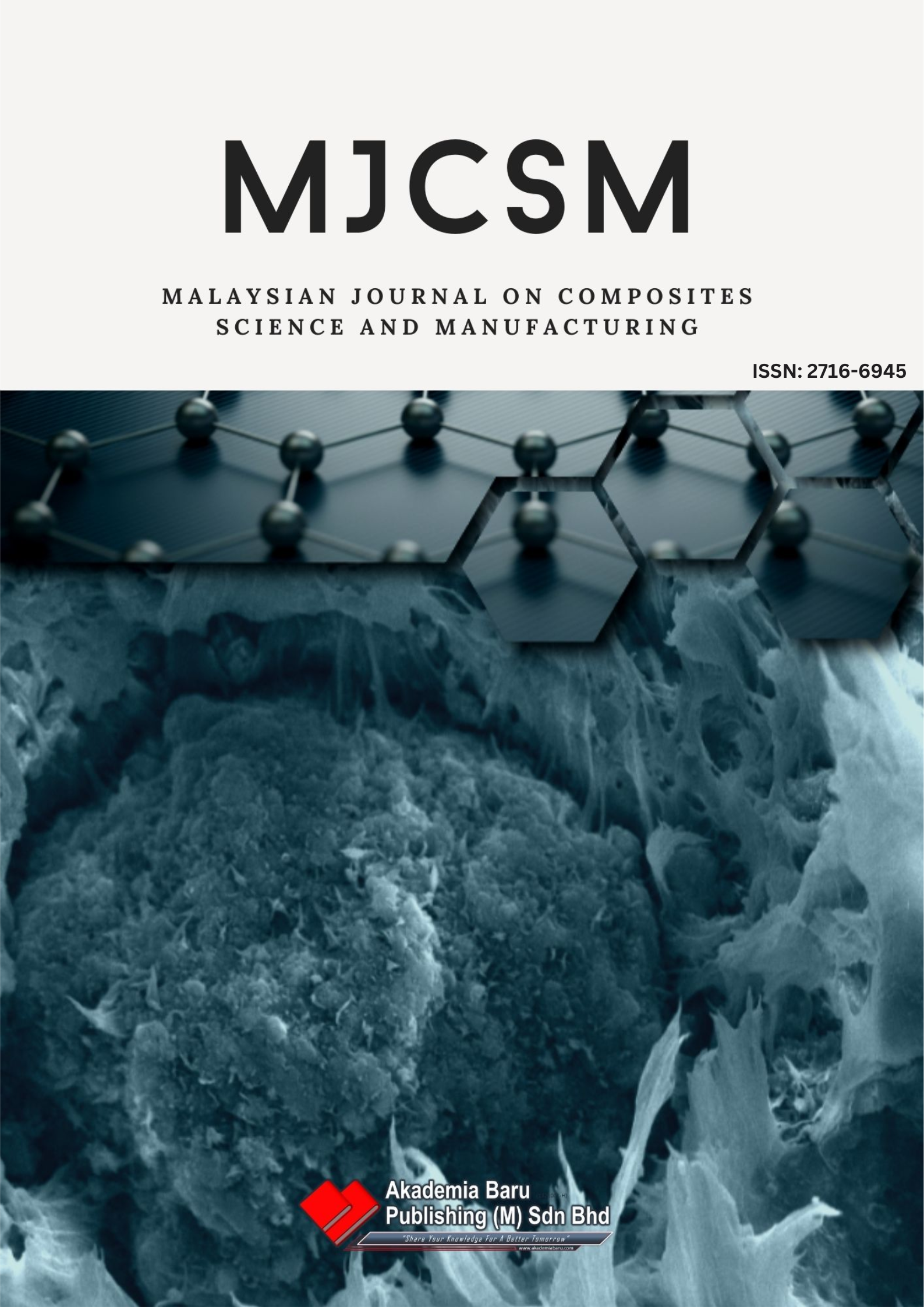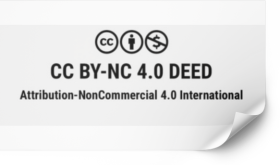Effect of Metal Filler on the Welded Joint of X70 Steel Joined to Duplex Stainless Steel by Gas Arc Welding
DOI:
https://doi.org/10.37934/mjcsm.16.1.1934Keywords:
Arc welding, filler, dissimilar steels, microstructures, mechanical properties, corrosion resistanceAbstract
This study investigates the effects of using two different metal fillers on the microstructure, corrosion resistance, and mechanical properties of a duplex stainless steel and X70 steel welded joint, performed using the Gas Tungsten Arc Welding (GTAW) process. The electrodes employed were ER2209 and ER70S. The research aims to assess the feasibility of welding dissimilar steels with these two electrodes. Three weld passes were conducted using the different electrodes, followed by characterization of the welded joint's microstructure and evaluation of its mechanical properties. The primary characterization techniques included optical microscopy, scanning electron microscopy, Electron Backscatter Diffraction (EBSD), corrosion testing, Vickers microhardness, and tensile testing. The welded joint exhibited no visible defects, and using two electrodes increased the hardness, particularly in the fusion zone, where it reached 290 HV. Microscopic analysis revealed a solidification microstructure in the fusion zone. The welded joint demonstrated intermediate corrosion resistance between the two base steels (duplex stainless steel and X70). At the same time, its tensile strength was also intermediate, achieving more than 96% of the nominal tensile strength of duplex stainless steel. This approach of bonding dissimilar steels offers a potential solution for substituting one steel type with another in automotive structures, enhancing their resistance and reducing production costs.
Downloads












